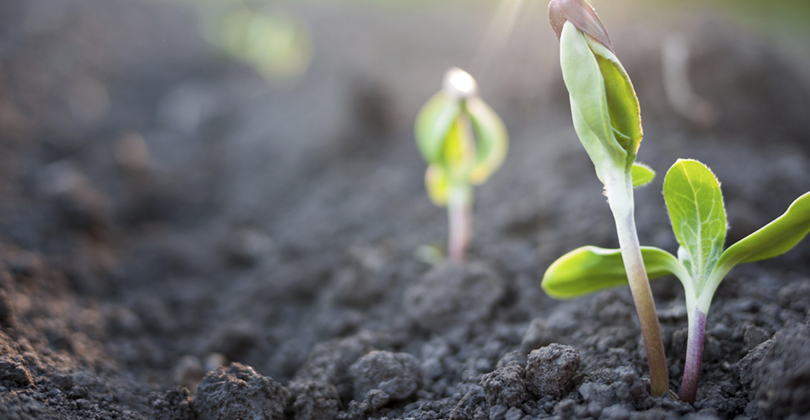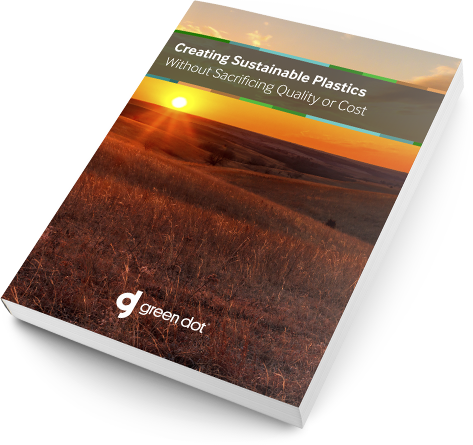Moving Plastics Toward Sustainability
Being and buying green is all the rage with consumers these days. Consumers are becoming increasingly conscious of how the products they buy are made, where they’re made, and with what materials they’re made. Purchasing these green or sustainable products makes them feel good, and as the desire for sustainable products in the public grows, the production of these goods must also grow in order to supply the demand.

Why the Demand for Sustainable Plastic?
In 2012, the Accenture consulting agency conducted a survey of 250 senior executives in the U.K., U.S., Japan, Germany, France, China, Brazil, and India. The results of this survey showed that 62% said their investments were driven by customer expectations for sustainable products. The key point that this study shows is that sustainability isn’t simply a marketing device anymore. Rather, it has become an element of business that can provide profitability and growth.
As green initiatives continue to become more mainstream, this rise in demand for sustainable products isn’t going to decline. Even as the debate over the science of climate change and the environmental impact of plastics continues, consumers are demanding greener products, and as such, companies are able to capitalize on this newfound demand.
The Competitive Advantage
In 2013, the Association for Enterprise Opportunity released a survey of 1,300 small businesses in the U.S. It found that 75% of the respondents reported an increase in green business from 2008-2011, when with a 19% price premium compared to their traditional alternative products. In fact, 79% of these businesses said that green products and services gave their businesses a competitive advantage in their industries.
The green segments within industries are continuing to grow quickly—faster than their respective industries themselves. The businesses that adapt to that growth and adopt greener and more sustainable practices stand to see great opportunities for growth as these segments grow.
Making Sustainable Plastics
The plastics industry is seeing this trend as well. The market for bioplastics is predicted to quadruple in the next 3 years. Companies are increasingly truning to bioplastics and biocomposites to reduce the amount of petroleum-based feedstocks and lower the carbon footprint of the materials used in their products. There is no single solution for making more sustainable plastics. The first step is to define your sustainability goals.
Does your business want:
- To use more reclaimed and recycled materials?
- To return your products back to nature at the end of their lifecycle?
- To make a product with more renewable materials?
- To provide a combination of environmental benefits?
Once you know and understand your sustainability goals, you can work to implement different means to help you achieve them. Choosing the right bioplastics partner can help you along the way, from the inception of your goals to meeting them with more sustainable plastic products.
Want to learn more about creating sustainable plastics? Request a consultation with one of our sustainability experts today or download our whitepaper below, Creating Sustainable Plastics Without Sacrificing Quality or Cost.

Creating a more sustainable plastic
Learn how we’re meeting demand for more sustainable goods without sacrificing quality or cost.


